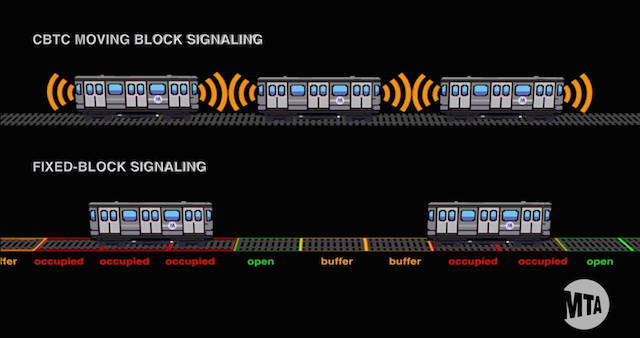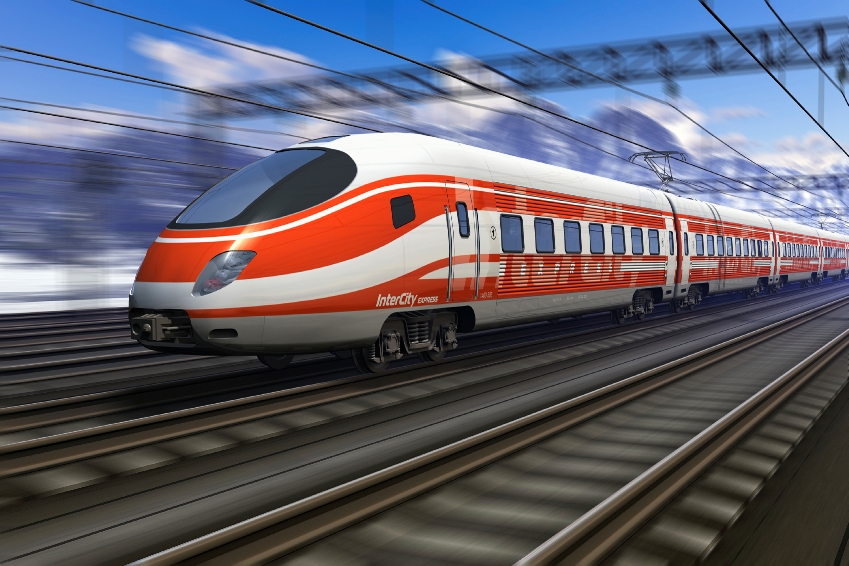What is a Train Control and Monitoring System (TCMS)?
A control and monitoring system can be viewed as l system capable of measuring, processing and acting upon an input or combination of input signals to bring the output to a suitable defined state in order to fulfill a functional requirement.
A TCMS (Train Control and Monitoring System) is an on-board system built with the purpose to control and monitor a list of train equipment and functional processes. Based on a control and monitoring architecture, TCMS centralises all the information related to the operating status of all of the so-called “intelligent” train equipment.
The physical functions to be controlled or monitored may range from saloon temperature to the share of tractive effort between motor cars in a multiple unit.
The functions to be carried out by a TCMS can be classified into one of the following broad categories:
– Control
– Monitoring
– Driving aid
– Maintenance aid,
– Passenger information.
In some applications, the passenger information functions are completely separate from the TCMS – called the Passenger Information System (PIS) or Public Address System (PAS).
Here a description of the MITRAC TCMS product, developed by Bombardier.
Did you like this post? Would you like to be informed about the last railway signalling technical and commercial news? Join us on LinkedIn and stay updated!
railwaysignalling.eu | walk the rail talk







